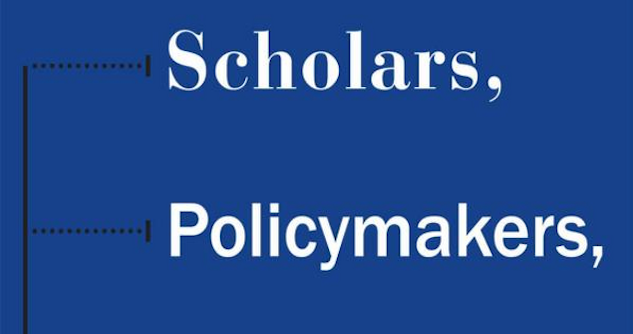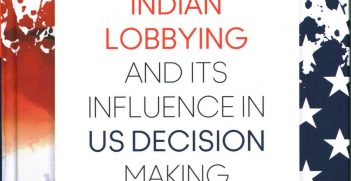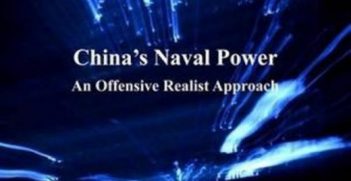Scholars, Policymakers, and International Affairs: Finding Common Cause

Any attempt to bridge the divide between scholars and policy-makers in international affairs is so welcome that I couldn’t help but applaud this book. The sad truth, however, is that after reading it I am even more convinced that the divide is a chasm.
The book in many ways is a cri de coeur: it is a product of an international workshop convened by one of the authors in his last week of teaching at the University of California. It has a clear policy aim: to enhance the frequency, quality and impact of scholar-practitioner interaction in international affairs. It comes at the problem from the perspective of scholars in government as well as scholars attempting to shape ideas and frame issues outside government. And it tries hard to represent both policy and academic voices; while 11 contributors have a primary affiliation to a university, compared to four current policy-makers, the most common background is someone who has held policy roles and moved to a university.
However, I can’t help thinking that no matter how well-intentioned, this is a book that few policy-makers will read. The authors describe the current situation well: there are two cultures with different types of knowledge. First, for the scholar, the incentives for advancement are clear: focus on theory, abstraction and the disciple. According to the authors, this leads to a culture where the pinnacle of academic achievement is a new conceptual theory and a ‘tendency toward ever narrower and more arcane study’. Among policy circles, the adjective ‘academic can be used as a synonym for ‘irrelevant’. This is not the fault of individual researchers so much as the system as a whole: for academics, engaging in a broader audience is tolerated, at worst against you’ and having ‘too cozy a relationship with those in power can have negative professional consequences’.
By contrast, to an academic, policy knowledge seems broader but shallower, more based on personal connections. Practitioners act in the ‘arrogance of the moment’; they are under intense pressure to manage public anxiety and gain political advantage. Policy-makers are time-poor and will not engage with lengthy academic debates, they ‘seek succinct solutions to complex problems’. There is also a level of academic disdain for policy-makers who make decisions with a lack of analytical rigour and disregard for key research and scholarly work.
While the book is refreshingly non-US-centric and notes that these characterisations do differ by region – for example, there is greater flow of communication and people between academia and policy in some countries and that in Asia, where scholars are in dialogue with their government, they may perceive their purpose as supporting governments rather than standing outside them – the contributors suggest that the academic-practitioner divide is almost universal. Contributors suggest that it has worsened in the US as scholars have become more devoted to formal modelling and quantitative techniques.
A range of prescriptions are offered to bridge the divide and the book provides some positive case studies of fruitful scholar-policymaker interaction. Some are sensible suggestions but others run contrary to current institutional imperatives: for example, scholars asking ‘better questions’ of direct relevance to policymakers and providing clearly presented and concise information and analysis with more focus on prescription than explanation.
The strongest recommendations are those that recognise that models and funding need to change, for example, asking academic funding bodies to focus on ‘broader impact’ as well as academic merit or asking academic promotion committees to consider scholars’ work in terms of predictive power. However, for individual academics, the reality is that receptivity to academic work may be beyond academics’ control.One of the most poignant chapters in the book is a case study of the ‘dialogue of the deaf’ on the narcotics trade where academic wisdom shows that the ‘war on drugs’ will be ineffective but policymakers are not receptive to any other solutions.
To bridge this divide, many recommendations focus on what amounts to building intercultural understanding: for example, giving young scholars an experience of the policy world through some practical internship component in their studies, running academic training programs and simulations with practitioners, and ensuring the presence of ‘research-oriented, academically-trained staffers’ within the bureaucracy.
In this, one thing that is considered particularly helpful is the role of what one of the chapter authors calls ‘bridge institutions’. These are think tanks and ‘quasi-academic institutions’ that can act as a ‘venue of effective change’ by inculcating in academics some knowledge of how to interact with officials. They can act as a ‘transmission belt’ for academic ideas to policy-makers. This is a core part of the Australian Institute of International Affairs’ role.
There are certainly good reasons to try to bridge the gap, no matter how wide. As the editors of this book note, scholars can bring a long-term time horizon, they can undertake comparisons of the same issue in different countries and regions, they can provide history and context for current decisions and they can provide data and analysis on trends. They provide institutional memory of relevant prior experiences and draw lessons for current policy. They can challenge mindsets and conceptual frameworks and develop new concepts that reframe problems and open up opportunities to act. This book may not receive much demand from policy-makers but perhaps it should.
In a world with many problems and a lack of easy solutions, decision-makers as well as academics have much to gain by building bridges between the worlds of thought and action.
Abraham Lowenthal & Mariano Bertucci (Eds), Scholars, Policymakers, and International Affairs: Finding Common Cause, Johns Hopkins Press, Baltimore: 2014.
Reviewed by Melissa Conley Tyler, National Executive Director, AIIA





